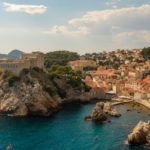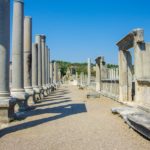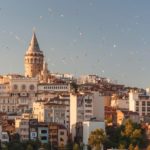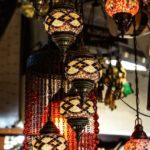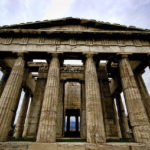With Street Cats as My Guide in Antalya, Turkey
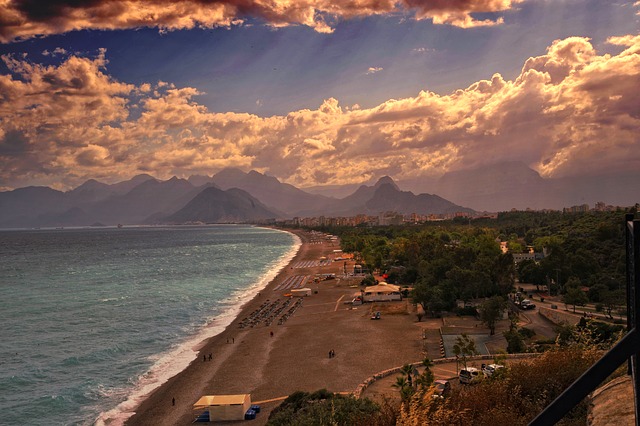
As the morning sun rose above the old cobblestone paths in Kaleici, Antalya — the old section of town in the Turkish city — I walked alongside the Roman Emperor Hadrian as he made his grand entrance under the Roman gate that bore his name. Hadrian’s Gate signals the beginning of Kaleici, with its rabbit warren of little stone streets that wind through the neighborhood like wispy smoke streams of history.
Once past Hadrian’s Gate, it’s easy to get lost along the orange tree-lined streets, with their spice markets, each filled with piles of tea and sunset-colored saffron strands. Open-air cafes and coffee houses, each selling the gloriously thick and strong Turkish coffee and all flavors of gelato, line these paths too, between Meerschaum pipe artists and ceramic shops blooming with hand-painted bowls as colorful as Turkish gardens.
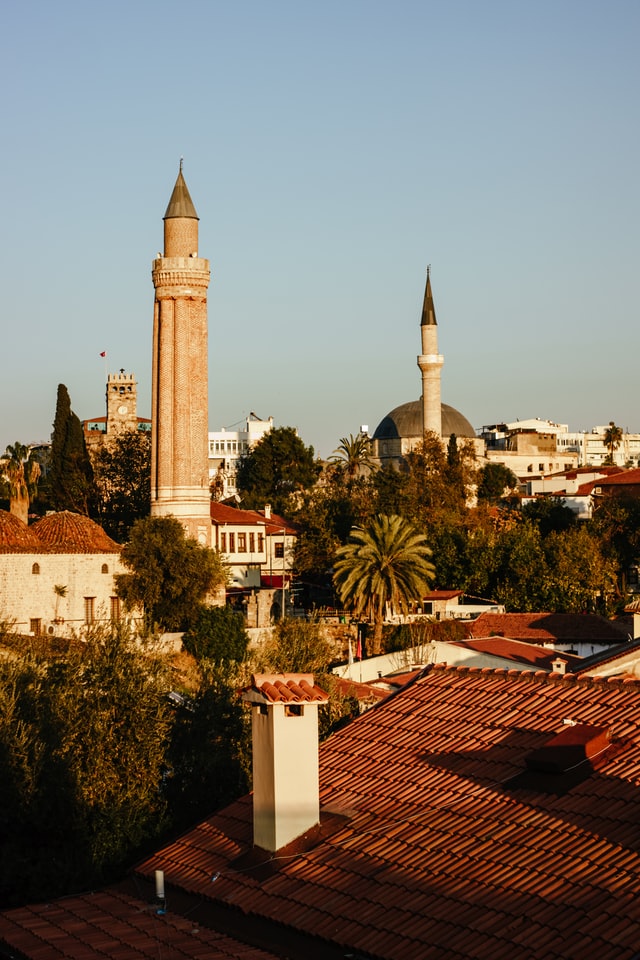
And Hadrian and I entered these streets through the same gate despite being centuries apart, I imagine we were both escorted by one of the many street cats that also call this old settlement home. For one day in Kaleici, I traveled back in time with old Roman rulers, the happy little street cats as my guides.
What I discovered instead was a country with a reputation much worse than reality.
I had never been to Turkey before, but an invitation to attend the International Media Forum in Antalya was too seductive to pass up. Although I’ve traveled to places like Africa and Central America, the idea of Turkey made me a bit wary.
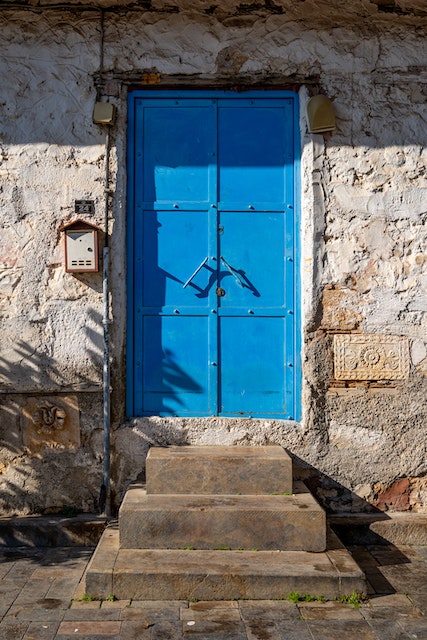
Recent terrorist attacks, an unsuccessful coup against controversial president Recep Tayyip Erdogan, and the country’s proximity to war-torn Syria made me a little nervous. The warnings from well-meaning friends didn’t help any:
“You’ll have an armed escort, right?”
“Don’t walk anywhere by yourself. They kidnap Americans over there.’
“Be sure to cover your hair at all times. Don’t wear anything too revealing, or you could get attacked.”
What I discovered instead was a country with a reputation much worse than reality. In my five days in Antalya, I never once felt unsafe, even as I got lost at 1 a.m. along those old Kaleici streets within hours of arriving.
Cats weaved in and out of the throngs of people and kept me company when I got lost on my way back to Otel Twenty at 1 a.m. And despite all the well-meaning warnings, I only found smiles and history while wandering alone.
The first thing I did when my plane landed in Antalya was lose my wallet in a cab. I scheduled an airport pick-up to take me to my hotel in the heart of Kaleici, that mysterious little grotto of Roman structures, winding streets of cobblestones, spice markets and mosques. But, at 10 p.m., the driver was nowhere to be seen. So instead I took a cab, pointing to the address on my phone to show the stern-faced Turkish driver who nodded that he knew exactly where the hotel was.
My hotel above a barber shop was as lovely and hospitable as I imagined, its tile mosaic floors clean and welcoming after 17 hours of travel. The night clerk, however, was more upset by the loss of my wallet than I was, clucking in dismay and wringing his hands in commiseration. He also whooped with joy and grabbed me to do a little victory dance when the cab driver called to say he found my wallet — complete with credit cards and passport — and was driving it back.
I celebrated by wandering out at midnight to find a glass of wine. I turned a corner to find a little street full of restaurants and pubs, the night strumming with live music and sweet with the taste of the Turkish liquor, Raki.
Cats weaved in and out of the throngs of people and kept me company when I got lost on my way back to Otel Twenty at 1 a.m. And despite all the well-meaning warnings, I only found smiles and history while wandering alone.
I chose my hotel through an internet deal ($17 a night!) and lucked out, as it was located in the center of Kaleici.
It is said that to understand a city, you must walk its streets. Kaleici was established between 159 and 138 B.C., by Attalos II, King of Pergamon, as the first residential area of the city of Antalya. The Old Town still bears hints of the Hellenistic period even though it was formed during the Roman Empire’s reign.
I chose my hotel through an internet deal ($17 a night!) and lucked out, as it was located in the center of Kaleici. From its steps, I could walk five minutes to Hadrian’s Gate or two minutes to the old Clock Tower that dominates the central square and overlooks the statue of old Attalos II.

After following a black and white street cat that led me to the right from the hotel, I arrived at the center square with its famous Clock Tower.
When I started my day in Kaleici, I didn’t have a plan or an itinerary except to see Hadrian’s Gate. After a modest breakfast of boiled egg, fruit and compote, I hit the streets. After following a black and white street cat that led me to the right from the hotel, I arrived at the center square with its famous Clock Tower. It’s all that remains of 80 towers that once surrounded this old-town area. Hewn from limestone, the tower was converted to a clock tower in the 19th century.
But what I really wanted to see was Hadrian’s Gate. It’s a triumphal arch built in the name of Hadrian, who visited Antalya in the year 130. If you believe the legends, Sultan Belkis (aka the Queen of Sheba) also passed under the gates on her way to see King Solomon.
I couldn’t stop myself from touching the gates, feeling that warm rush of history through my fingertips from the smooth limestone columns. Peering up, the square embellishments that line the underside of the arches are rusty with the patina of centuries. If you venture through these gates and turn to the right, you can find a rickety old wooden staircase that leads to the mossy and plant-covered top of Hadrian’s Gate.
Another cat lured me to the old historic bazaar of Carsi, where I bought silk shawls, rainbow pottery and scarves as delicate as butterfly wings.
I roamed the squiggly streets of Kaleici with no agenda in mind. Instead, I followed the dozens of felines that stalk through markets, cafes and shops. The residents of Kaleici seem to tolerate and care for them, and they were as good a tour guide as any, taking me to areas I would have overlooked otherwise.
One cat led me to the ancient Roman fort that overlooks the harbor in Kaleici. Hidirlik Tower is thought to have been built in the year 2 A.D. as a square monument, but was turned into a circular tower that has been used since as a lighthouse and as a fortification. Below it, the Mediterranean Sea shimmers as blue as a lapis, and a small stone stair path leads to its shores, where old Turkish fishermen cast out their lines.
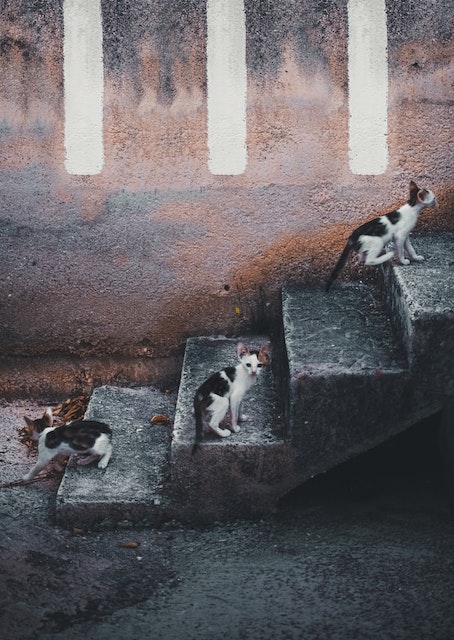
Another cat lured me to the old historic bazaar of Carsi, where I bought silk shawls, rainbow pottery and scarves as delicate as butterfly wings. The bazaar is also where I learned why the easy open smiles of American women can give the wrong impression to the men in the stalls. Looking at a man and smiling indicates romantic interest, so I also came away with intimate hugs and awkward wet kisses on the cheek.
The cats led me to tiny city parks, where the calls from the mosques echoed. They led me to tiny outdoor cafes with roasted whole fish that attracted mama cats and their kittens to be my dinner dates, and they brought me to meerschaum pipe artists who carve dramatic faces into the pure meerschaum harvested out of the Turkish land.
With Street Cats as My Guide in Antalya, Turkey.
I couldn’t fail to try the local tea, either.
“Here, here, pretty lady! Try this tea!” A bald spice hawker called to me from his shop of wicker baskets full of every spice known to humankind. He beckoned, holding out a mug of steaming liquid, and while I was tempted to avoid the aggressive sales pitches, I also remembered the advice to never turn down a cup of tea in Turkey.
“This tea is good for digestion, for colds, for joint pain, to help fight cancer….” the merchant bragged, shoveling scoops of the pink mixture. “It cures everything.”
I sipped the tea, which hinted at anise, clove, cinnamon and rose, and was instantly sold. Next to the tea mix basket was another basket of red sunlight — or as most people call it, saffron. The spice merchant delicately pinched an ounce of the red-gold strands of spice and wrapped it up in a tiny shiny sliver of paper.
Though I came to Turkey with trepidation, the beautiful country seduced my heart in one short day.
“Alexander the Great put saffron in his bath,” the spice merchant told me. “He believed it would heal his wounds.” The merchant was right. I gifted the tea to a friend who suffers from arthritis, gout and joint degeneration, and weeks later, he claims to have experienced no pain since drinking the tea daily. Apparently it does “cure everything.”
At the end of the day, I was in love… deeply, madly in love with Kaleici and its wild felines and its ghosts of Roman conquerors. I fell in love with cobblestones, spice markets and bold hugs from cinnamon men. Though I came to Turkey with trepidation, the beautiful country seduced my heart in one short day.
With Street Cats as My Guide in Antalya, Turkey
Related Reading
- Exploring Off-the-Beaten-Path Neighborhoods in Istanbul
- Discovering My Turkish Roots in Istanbul
- How Turkish Culture Forced Me to Relax
- Three Truths about Typical Turkish Men
- Turkish Mosques: Experiencing Religion in Turkey
- Tips for Women Travelers in Turkey
- 10 Turkish Phrases You’ll Want To Know
- How to Take a Babymoon in Turkey
- Touring Turkey: A Conversation with Zondra Wilson
- Turkish Customs: The Social Event of a New Home
Have you traveled to Turkey? What were your impressions? Email us at editor@pinkpangea.com for information about sharing your experience and advice with the Pink Pangea community. We can’t wait to hear from you!
With Street Cats as My Guide in Antalya, Turkey photo credit: unsplash.com and Pixabay.


